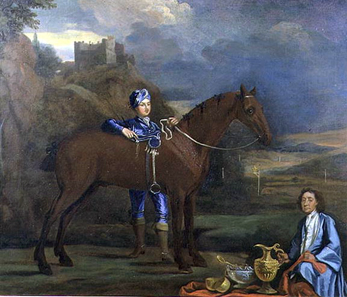May 23, 2013 – The international parent organization of the national equestrian association, FEI (Fédération Internationale Équestre or International Federation of Equestrian Sports), has entrusted Coin Invest Trust with the design of an official coin series. Collectors and equestrian sport aficionados alike can now delight in the first four coins of this new series.
Andorra / 5 Diners / Silver .925 / 20 g / 38.61 mm / Mintage: 2,000 each coin.
The obverse of the coins features the coat of arms of Andorra, the year of issue, 2013, as well as the face value of 5 D for 5 diners, the currency of the Andorran collectors’ coins. The reverses depict various riding scenes in front of a group of spectators. The official FEI logo appears on each, as do the English names for the disciplines, dressage, jumping, reining and vaulting. Some of the elements are done in colour.
The FEI was founded in Paris in 1921 by eight national associations in order to ensure international standards in equestrian sport. Today, the FEI includes 134 member countries and the association issues all applicable rules for all official tournaments of the member countries, including those for the Olympic and World Equestrian Games.
The FEI also regulates compliance with these rules, conducting drug testing and overseeing the medical care of both the animals and athletes. In recent years and decades, the health of the animals has become a greater focus for the riders, and the FEI has set a binding code of conduct to ensure the animals’ welfare.
Race horse and jockey by Johann Closterman, c. 1690. Source: Wikipedia.
Equestrian sport is an umbrella term for a variety of disciplines that are performed by a rider with a trained horse. It includes dressage, eventing (formerly called military), horseback hunting, Western riding, trick riding and many others. One of the best known and most thrilling disciplines is most certainly show jumping. The first modern jumping events came about in the second half of the 19th century. At that time, the Italian cavalry captain Federico Caprilli also introduced the jumping seat posture, the typical posture assumed by a rider when negotiating an obstacle, which is still used today. Jumping training is part of any basic horse training, and an important component of this is the so-called ‘bascule’, the upward arc of the horse’s back when navigating an obstacle. This hollowed back position helps prevent injury to the horse.
In a tournament, the rider and horse must complete a certain show jumping course comprised of various combinations of obstacles. This means clearing moats or walls in order to reach the finish line as quickly as possible. The closely spaced obstacles in particular demand the ultimate skill of horse and rider, who must have a very trusting rapport in order to work together to overcome such challenges. After all, these obstacles are up to 1.60 metres high, 2 metres deep or, as is the case with the moats, even 4.5 metres wide! Show jumping has been an Olympic discipline since the year 1900. While it was initially limited to individual athletes, team registrations have been admitted since 1920.
These are the first official FEI coins ever issued. They were minted by B.H. Mayer’s Kunstprägeanstalt. Collectors can purchase them through specialty dealers.
More information on this and other coins are available from Coin Invest Trust.
This is the official FEI website.
The FEI has also its own official Youtube channel.






